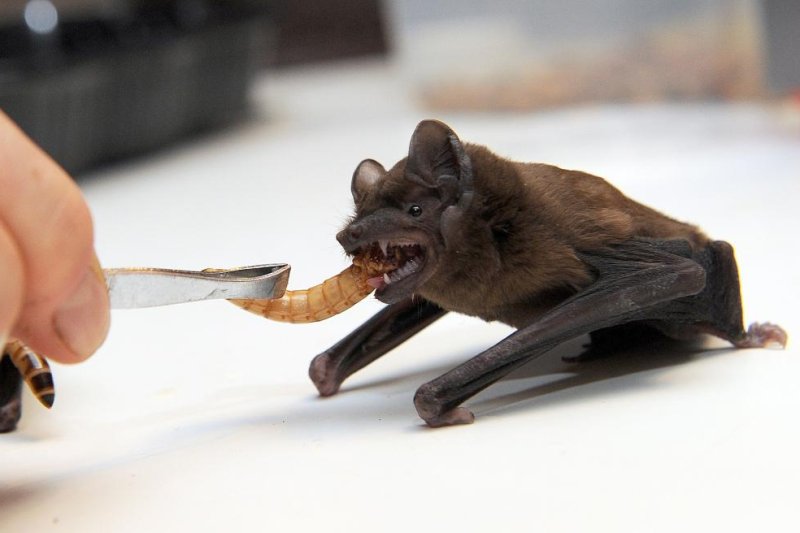STONY BROOK, N.Y., Jan. 9 (UPI) -- Researchers at Stony Brook University have developed a model to estimate how long evolutionary forces would take to restore natural balance among mammalian communities plagued by extinction.
For the Caribbean's New World leaf-nosed bats, the most varied and diverse bat family, the process would take at least 8 million years.















